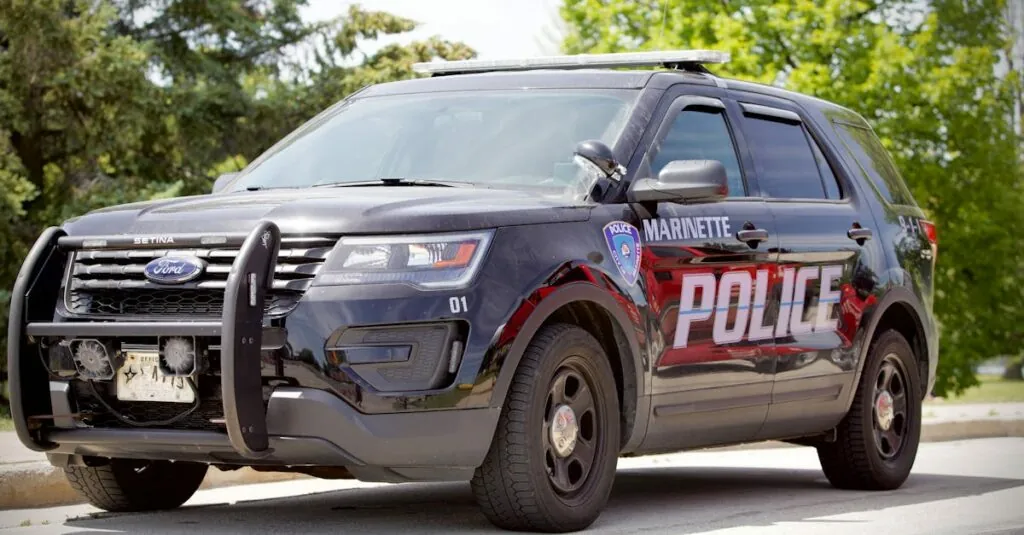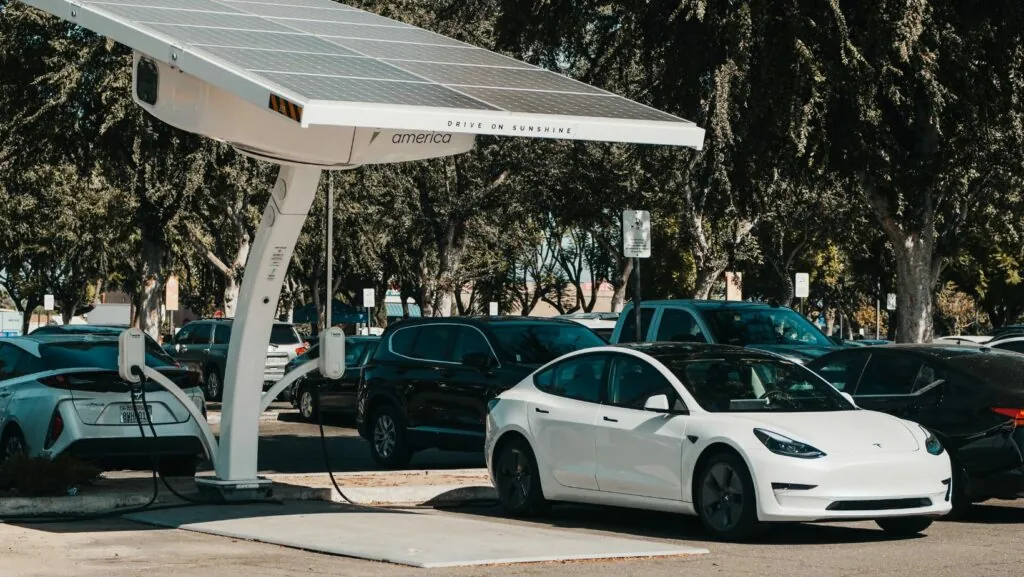Navigating the world of the Department of Motor Vehicles can feel like stepping into a parallel universe where time slows down and patience is tested. From the endless lines to the seemingly cryptic forms, it’s a rite of passage for anyone seeking a driver’s license or vehicle registration. But fear not—this quirky institution holds the keys to freedom on the open road.
Whether it’s your first time or you’re a seasoned pro, understanding the ins and outs of the DMV can turn a daunting task into a manageable adventure. With a little humor and a dash of insider knowledge, anyone can conquer the DMV and emerge victorious. Buckle up as we dive into the world of motor vehicle madness, where every visit is an opportunity for a good story and a lesson learned.
Table of Contents
ToggleOverview of the Department of Motor Vehicles
The Department of Motor Vehicles (DMV) oversees driver licensing and vehicle registration. It operates at both state and local levels, offering essential services to the public. Drivers obtain a license through written, vision, and sometimes driving tests administered by the DMV. Vehicle registration involves submitting forms, providing proof of ownership, and paying fees.
Services provided by the DMV include issuing identification cards, managing driving records, and facilitating the titling of vehicles. They also enforce state regulations related to vehicle safety and emissions standards. Each state has unique rules governing these processes, impacting wait times and requirements in different areas.
DMVs implement online services to enhance convenience. By offering appointment scheduling and access to forms online, they aim to reduce in-person visits and streamline operations. Many states provide mobile applications, making it easier for users to manage their driving-related needs.
DMVs face challenges related to public accessibility and long wait times. Staffing shortages and fluctuating visitor numbers contribute to these issues. In response, some states are testing innovative strategies, such as extended hours and additional service locations, to improve customer experience.
Understanding DMV procedures can increase efficiency during visits. It’s beneficial for individuals to prepare necessary documents beforehand and familiarize themselves with specific requirements. Learning about local office hours and peak visitation times further helps reduce wait times and ensures successful transactions.
History of the Department of Motor Vehicles
The Department of Motor Vehicles (DMV) has evolved significantly since its inception, shaping how individuals obtain licenses and register vehicles. Its journey reflects the growth of automobile usage and regulation.
Early Developments
Established in the early 1900s, DMV roots trace back to motor vehicle registrations in 1903. Regulation initially varied by state, with many states creating their own vehicle laws. By 1915, over 40 states formed motor vehicle departments. These early agencies focused on public safety and streamlined vehicle registration processes. Mandatory licensing began in the 1920s, enhancing accountability among drivers. The creation of standardized tests followed, ensuring drivers were knowledgeable about road rules.
Modern Changes
Recent decades transformed DMV operations through technology. Online services significantly improved functionality, allowing individuals to renew licenses and register vehicles from home. In 2000, many states launched comprehensive websites, offering appointment scheduling and information resources. Mobile applications, now common, provide real-time updates and alerts about services. Efficiency has also become a priority, with many states implementing innovations to reduce wait times. Community outreach programs encourage public engagement and education on safe driving practices.
Services Provided by the Department of Motor Vehicles
The Department of Motor Vehicles offers a variety of essential services that help maintain road safety and ensure compliance with motor vehicle laws.
Vehicle Registration
Vehicle registration involves assigning a unique identifier to each vehicle. This process includes collecting necessary documents, such as proof of ownership and insurance. Customers pay a registration fee, which varies by state and vehicle type. After successful registration, the DMV issues license plates and a registration certificate. Some states now offer online registration, simplifying the procedure and reducing office visits.
Driver Licensing
Driver licensing provides individuals with the legal authority to operate vehicles. Applicants must pass vision and written tests before receiving a learner’s permit. Once they demonstrate adequate driving skills, they can take the road test. Successful completion results in a state-issued driver’s license. Online services allow applicants to schedule tests and renew licenses, increasing convenience for users.
Title Transfers
Title transfers occur when a vehicle changes ownership. Sellers must complete a title transfer form and provide the buyer with the signed title. Buyers then submit the signed title to the DMV to register the vehicle in their name. Fees associated with title transfers vary by state. Some DMVs have streamlined this process via online applications, making it faster and more efficient.
Challenges Faced by the Department of Motor Vehicles
DMVs encounter several challenges that impact their operations. These obstacles can frustrate customers and hinder efficient service delivery.
Long Wait Times
Long wait times rank among the top frustrations for DMV visitors. On average, customers may spend an hour or more waiting in line, particularly during peak hours or after a holiday. Staffing shortages contribute significantly to the delays; many offices operate with fewer employees than needed. Some locations implement targeted strategies to mitigate this issue, such as offering scheduled appointments or extended hours. However, popular services still attract large crowds, resulting in lengthy wait times. Ultimately, proactive planning by customers, such as visiting during off-peak hours, can help minimize delays.
Technological Issues
Technological issues present another challenge for the DMV. Outdated systems can lead to processing errors or system crashes, affecting service reliability. Many states have invested in modernizing their technology to streamline operations. These upgrades aim to facilitate online services like scheduling appointments and processing vehicle registrations. While online services reduce foot traffic, they often face overwhelming demand, causing website slowdowns or crashes. Additionally, employees might lack adequate training on new systems, complicating in-person interactions. Continuous investments in technology and staff training remain crucial for improving the customer experience.
Innovations and Improvements
Many DMVs are implementing online appointment scheduling to ease customer flow. This technology significantly reduces wait times by allowing individuals to select specific time slots for their visits. Mobile applications are also gaining traction, offering features like document uploads and real-time updates on wait times.
Automation is enhancing service at various locations. Self-service kiosks enable people to complete tasks like renewals or registration without staff assistance. These kiosks decrease the workload on employees, allowing them to focus on more complex customer needs.
Customer feedback is instrumental in driving improvements. Numerous DMV offices now conduct surveys to understand user experiences better and identify pain points. Adjustments based on this feedback often result in streamlined processes.
Innovative pilot programs are emerging as well. Some states are testing remote services, enabling individuals to complete licensing requirements via video calls. These initiatives aim to increase accessibility for those unable to visit offices in person.
Data-driven decision-making plays a significant role in operational enhancements. Live tracking of foot traffic allows offices to adjust staffing levels dynamically, matching demand with available personnel. Such responsiveness helps maintain smoother operations during peak hours.
Digital transformation extends beyond customer service. Back-end systems are also receiving upgrades to improve data accuracy and processing speed. Modernizing these systems ensures better resource allocation and reduces the likelihood of technical issues.
Collaboration with local businesses has introduced community-oriented initiatives. Programs promoting safe driving, often sponsored by local businesses, engage residents in educational activities. Building partnerships enhances community trust and supports safer driving practices.
Overall, these innovations reflect a commitment to enhancing customer experiences at DMVs across the country. Each advancement contributes to making visits more efficient and user-friendly.
Navigating the DMV might seem daunting but it plays a crucial role in ensuring safe and efficient vehicle operation. With ongoing innovations and improvements in technology customer experience is gradually being enhanced. From online services to community outreach initiatives the DMV is evolving to meet the needs of modern drivers.
By embracing these changes and understanding the processes involved individuals can turn their visits into opportunities for learning and growth. With a little preparation and a positive mindset each trip to the DMV can become a manageable part of the driving journey.




